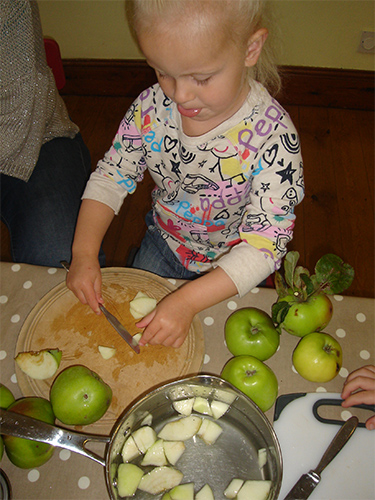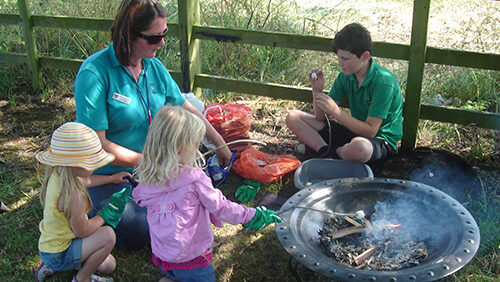It is vital for children’s optimal development that they have opportunities to take developmentally-appropriate risks in play. Being able to do so and experience the related benefits are crucial aspects of every child’s development. An environment that is risk-friendly is the best context for this to take place in. The pointers below will help to create a positive approach to risky play.
Understanding risky play
Cheryl Greenfield defines a risk as something a child sees, recognises that the outcome of taking it is uncertain and has to choose whether or not to do so.

In light of this, risky play is best seen as something that presents a child with a challenge that through meeting they grow in motivation, creativity and self-confidence, all key features of learning and development.
Risky play will look different depending on the age and developmental stage of a child. For example, a baby takes a risk when pulling themselves up and walking around furniture. As they develop, new experiences present fresh challenges: climbing on or jumping off of things, using tools such as knives or hammers, sharing a worry or fear.
Managing risky play
It is understandable, however, that when thinking about providing enabling environments for children, the thought of risky play conjures up negative aspects first, leaving practitioners in danger of forgetting the many benefits of risk-taking. The comments above are a helpful aid to distinguishing between hazardous play (dangerous activity) and risky play (activities to make provision for and support).
Thinking about risk in this way offers the possibility of seeing it as something to be managed rather than avoided. In Early Years, risk management is an integral part of everyday practice so the mechanisms ought to be in place to create environments for children that offer a variety of developmentally-appropriate choices that have been carefully considered on the basis of good practice, relevant policies and procedures.
“There is a time for daring and a time for caution, and a wise person knows which is called for.”
John Keating, teacher in Dead Poet’s Society

It is worth remembering that children will naturally seek to take risks. It makes sense, therefore, to offer and manage developmentally-appropriate risks that offer children the freedom to explore, the excitement that this offers and suitable developmental and learning opportunities.
Benefitting from risky play
There is an enormous amount of knowledge, understanding and skills gained from taking risks. In order to make choices about what to do in a particular situation, children hypothesise, make judgements, take decisions and evaluate outcomes.

Through participating in a risky task, a child builds up their picture of the world and the people in it. They discover important boundaries, test limits, understand and develop their own capabilities, overcome fears and build resilience.
When given the opportunity to take responsibility, make choices and take decisions in potentially risky situations, children develop their independence and confidence, own their decisions and keep themselves safe.
For some examples of risky-play activities, follow this link to our new book and some sample pages: We’re OK with Risky Play!
Children learn about risk-taking through experiencing appropriate risky play opportunities, which has the added benefit of naturally endowing them with a tremendous amount of knowledge, skills and understanding about the world and how to flourish in it. As Einstein says of boats, so with children:
“A ship is always safe at the shore, but that is not what it is built for.”

